The Ministry of Health assigned units to implement the project to build proton radiotherapy centers in 3 major hospitals in the 3 regions of North - Central - South: K Hospital, Cho Ray Hospital and Hue Central General Hospital.
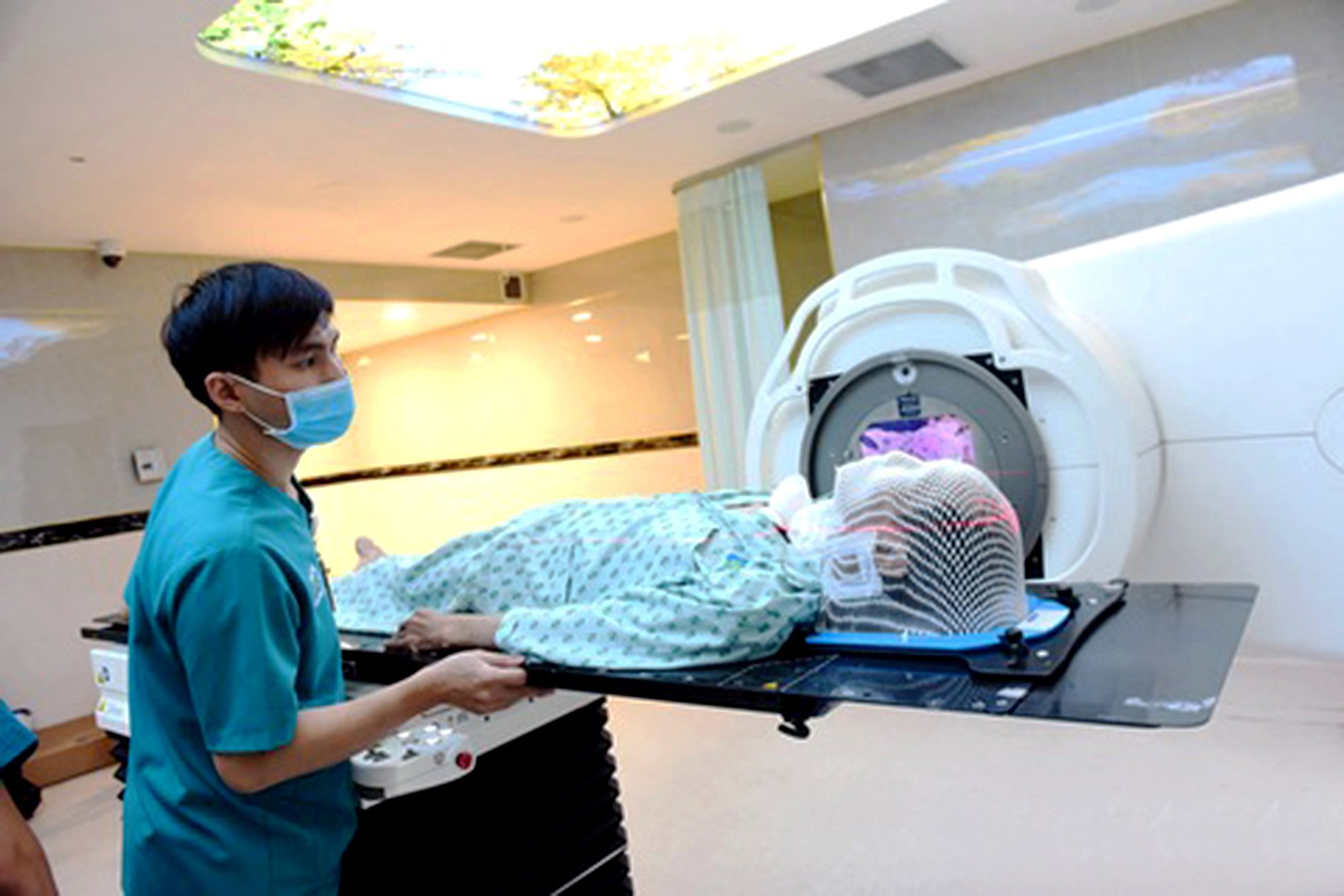
Currently, the whole country has only 84 linear particle accelerators (linac radiotherapy), many of which have been operating for 10-15 years - Photo: DUYEN PHAN
Recently, the Ministry of Health held a meeting with units to report on the progress of completing the project to build a proton radiotherapy center.
The project to build a proton radiotherapy center is expected to be prepared for investment in 2025, striving to complete in the period 2026 - 2030.
Regarding the content of the project, Deputy Minister of Health Tran Van Thuan requested the units to clearly state the necessity, including clarifying the consequences for children when there is no proton radiotherapy, supplementing evidence on countries that prioritize proton radiotherapy for children, health insurance payment rates...
Proposed payment rate from insurance fund, research required, prioritized for children and the elderly (for example, children are paid 80%, elderly 60%).
At the same time, when developing a project, it is necessary to clearly analyze the socio-economic efficiency, especially the social efficiency of the project: increasing the cure rate, limiting recurrence and metastasis, creating wealth and material resources.
The recovery of capital depends largely on the health insurance payment mechanism. The initial deployment of 1 to 3 machines is the first step, then continue to expand based on practical results.
Along with that, the content of the project needs to add the number of Vietnamese people going abroad for proton radiotherapy treatment. At the same time, analyze more clearly the socio-economic efficiency, especially the social efficiency of the project such as increasing the cure rate, limiting recurrence, metastasis, creating wealth, material...
In addition, it is necessary to specifically analyze the advantages, limitations, and additional characteristics of each type of proton radiotherapy technology; supplement data on the situation and usage rate of proton radiotherapy technology in the world, and propose technologies for Vietnam.
According to data from the Global Cancer Organization (Globocan), each year in Vietnam there are about 169,547 new cancer cases and of which about 60% of cancer patients are prescribed radiotherapy.
In particular, it is estimated that 5% of the above patients (about 8,938 cases) were indicated for proton radiotherapy in group one according to the above recommendations of the American Society for Therapeutic Radiation Oncology (ASTRO).
However, in Vietnam there is no high-tech proton radiation therapy machine for cancer treatment.
Vietnam currently has 84 linear accelerator radiotherapy machines, which only meet 60-70% of basic needs. To achieve the minimum criterion of one radiotherapy machine per one million people as set by the Government and the Ministry of Health, it is necessary to invest in 35-40 new radiotherapy machines in the coming time.
Proton radiotherapy is the most advanced external beam radiotherapy technique today, overcoming the weaknesses of linear accelerator radiotherapy (common in our country), especially ensuring effectiveness and safety for children.
What is proton radiotherapy?
Proton radiotherapy is the most advanced external beam radiotherapy technique available today. This technique allows for the precise delivery of an optimal dose of radiation to the tumor, including tumors with complex shapes located near healthy organs that are sensitive to radiation.
Particularly when the tumor is located near organs of risk (OAR), proton radiotherapy is the optimal treatment.
This radiotherapy will overcome the weakness of current linear accelerator radiotherapy, which is that most of the radiation dose is concentrated at the point of irradiation into the body and damages healthy tissue, while not enough effective dose reaches the tumor.
Notably, there are at least eight types of cancer, including prostate, eye, brain, head, neck, lung, esophageal, breast, liver and childhood cancers.
Source: https://tuoitre.vn/viet-nam-sap-co-3-trung-tam-xa-tri-proton-dieu-tri-ung-thu-se-duoc-bao-hiem-y-te-chi-tra-20250211095158842.htm


![[Photo] Discover the beautiful scenery of Wulingyuan in Zhangjiajie, China](https://vphoto.vietnam.vn/thumb/1200x675/vietnam/resource/IMAGE/2025/5/11/1207318fb0b0467fb0f5ea4869da5517)



![[Photo] National Assembly Chairman Tran Thanh Man attends the Party Congress of the Committee for Culture and Social Affairs](https://vphoto.vietnam.vn/thumb/1200x675/vietnam/resource/IMAGE/2025/5/11/f5ed02beb9404bca998a08b34ef255a6)
![[Photo] National Assembly Chairman works with leaders of Can Tho city, Hau Giang and Soc Trang provinces](https://vphoto.vietnam.vn/thumb/1200x675/vietnam/resource/IMAGE/2025/5/11/c40b0aead4bd43c8ba1f48d2de40720e)


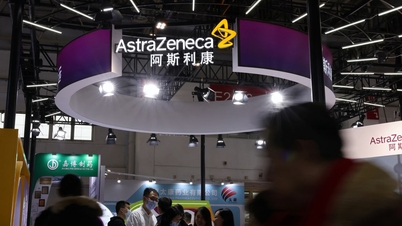




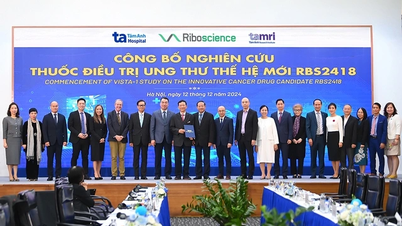
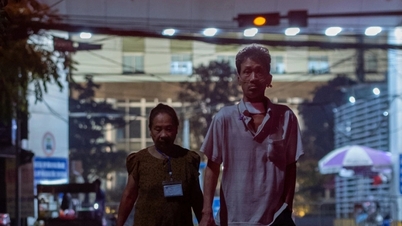



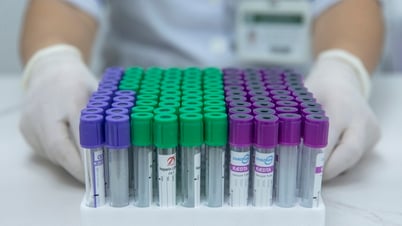
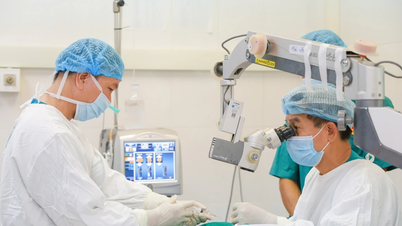

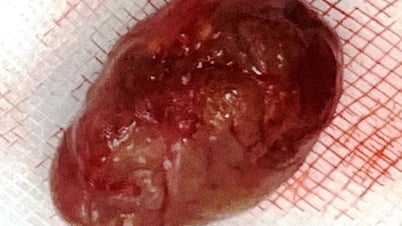








![[Photo] Prime Minister Pham Minh Chinh chairs the fourth meeting of the Steering Committee for Eliminating Temporary and Dilapidated Houses](https://vphoto.vietnam.vn/thumb/1200x675/vietnam/resource/IMAGE/2025/5/11/e64c18fd03984747ba213053c9bf5c5a)


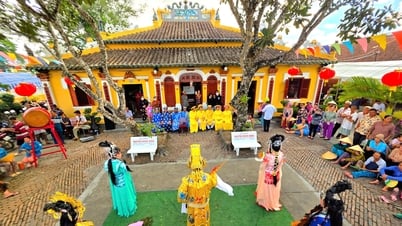











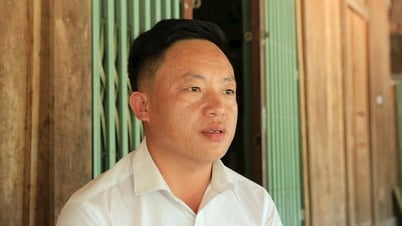












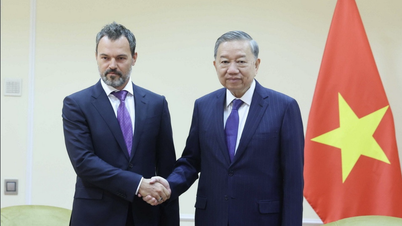

















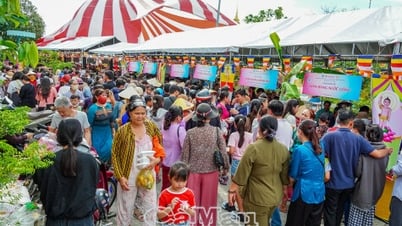

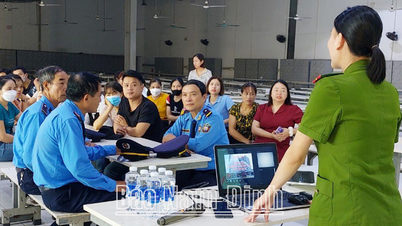






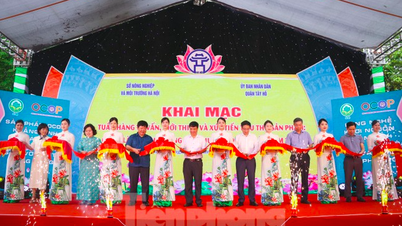








Comment (0)